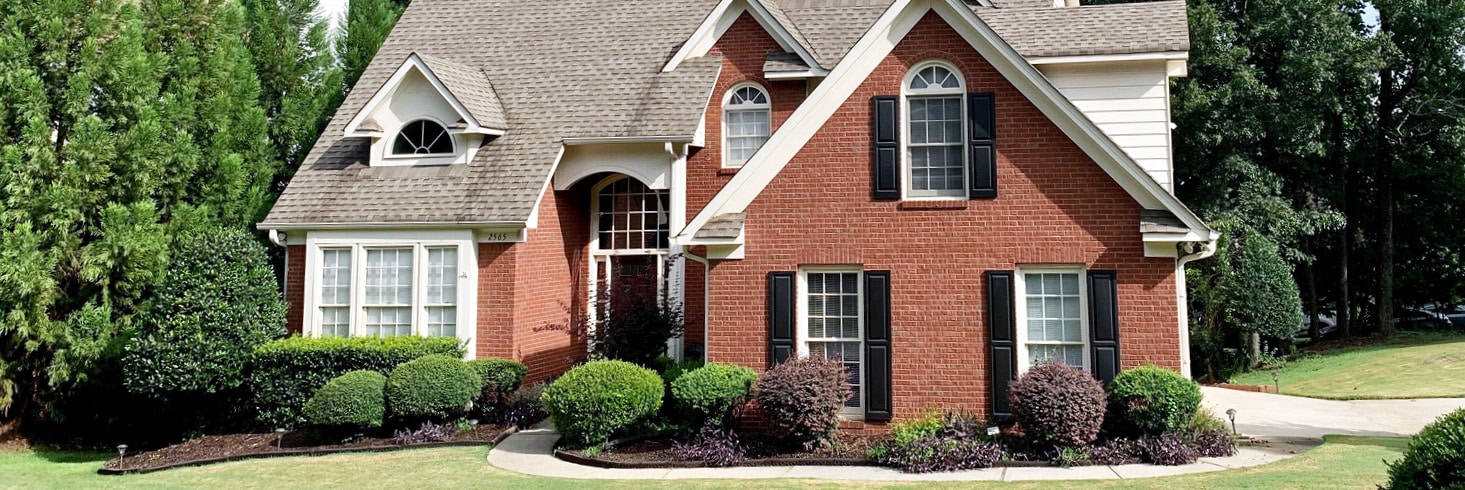
Conventional Loans Explained for First-Time Home Buyers
What is a Conventional Loan?
A Conventional Loan is a type of mortgage that is not insured or guaranteed by the government, but rather by mortgage companies! It is called a “Conventional” Loan because it follows the guidelines set by Fannie Mae and Freddie Mac, two government-sponsored enterprises that purchase and sell mortgage loans in the secondary market.
Conventional Loans are the most common type of mortgage loan and are available from a wide range of lenders, including Treadstone Funding!
Requirements To Qualify for a 3% Down Payment Conventional Loan
To qualify for a Conventional Loan, borrowers must have a good credit score and a sufficient down payment, which is typically between 3% and 20% of the purchase price of the home. Conventional Loans may also require private mortgage insurance (PMI) if the borrower makes a down payment of less than 20% of the purchase price. In addition to these requirements, borrowers must also meet the lender’s specific eligibility criteria, which may include income, employment, and debt-to-income ratios.
To qualify for a Conventional Loan, borrowers typically must meet the following requirements:
- Credit score: Most lenders require a credit score of at least 620 to qualify for a Conventional Loan. However, those with a higher credit score may qualify for better terms. The higher the better!
- Down payment: A down payment of at least 3% is typically required for a Conventional Loan. However, down payment assistance may be available for qualifying home buyers to decrease the amount needed out of pocket. Additionally, investment homes or second homes require additional down payment amounts, while other loan programs may even offer 0% down.
- Debt-to-income ratio: Mortgage lenders will typically want to see that your monthly debt payments, including your mortgage payment, are no more than 45% of your monthly income. This number is not a hard stop, but rather a common guideline, and other factors may let borrowers go above 45%.
- Employment and income: Most lenders will require proof of steady employment and a history of earning a consistent income. As a rule of thumb, two full years of steady income is ideal!
- Assets: Lenders will typically want to see that you have sufficient assets, such as cash savings or investments, to cover the down payment and closing costs for the loan, as well as a few months of “reserves” left over after you purchase the home.
- Property type: Conventional Loans can be used to purchase a single-family home, a multi-family home, manufactured home or a condominium. However, some properties that are not used as primary residences require additional down payment amounts.
In addition to these requirements, it is always a good idea to speak with a Loan Officer to discuss your specific situation and determine if you meet the requirements for a Conventional Loan. Treadstone’s Loan Officers are happy to give you some advice, or even start a loan application if you’re ready.
Types of Conventional Loans
Conventional Loans are typically offered with either a fixed or adjustable interest rate. Fixed-rate Loans have an interest rate that remains the same for the entire term of the loan, while adjustable-rate loans have an interest rate that can change over time. Conventional loans can be used to purchase a single-family home, multi-family home, condo, or manufactured home. They may also be used to refinance an existing mortgage!
Our home loan experts will help you determine the best loan type and program for you.
Advantages of Conventional Loans
There are several advantages to getting a conventional loan for your home purchase:
- Widely available: Conventional Loans are offered by a wide range of lenders, making them easy to find.
- Realtor’s choice: Realtors who are comparing competing offers may prefer Conventional Loans, because of the relaxed restrictions on property condition.
- Fixed or adjustable rates: Borrowers can choose between a fixed or adjustable interest rate, depending on their needs, although Treadstone highly recommends fixed-rate loans.
- No mortgage insurance required: Borrowers who make a down payment of 20% or more may not be required to pay mortgage insurance.
- Flexible terms: Conventional Loans offer a variety of term lengths, including 15-year, 20-year, and 30-year options.
FHA versus Conventional Loans
Conventional Loans and FHA Loans are both types of mortgage loans with low down payment options that are commonly used by home buyers in Michigan. However, they have some key differences that borrowers should be aware of, and it isn’t always the case that Conventional Loans are better than FHA.
One of the main differences between Conventional Loans and FHA Loans is the credit score requirement. FHA Loans generally have lower credit score requirements than Conventional Loans, making them a good option for borrowers with less-than-perfect credit. However, this comes with a trade-off: FHA Loans require mortgage insurance for the life of the loan, which can add to your overall cost.
Another difference between the two types of loans is the down payment requirement. FHA Loans typically require a lower down payment than conventional loans, with a minimum of 3.5% for most borrowers. This can make FHA Loans a good option for first-time home buyers or for those who may not have the funds for a larger down payment.
In terms of loan limits, FHA Loans typically have lower limits than Conventional Loans. This means that FHA loans may not be available for high-priced homes in certain areas. However, FHA Loans may allow for higher debt-to-income ratios, which can be helpful for borrowers who may have a higher level of debt.
Overall, both Conventional Loans and FHA Loans have their own set of advantages, and the right choice for you will depend on your financial situation and your needs as a borrower. It is important to carefully compare the terms of each type of loan and consider speaking with a financial advisor or mortgage lender to determine which option is the best fit for you.
Why Choose Treadstone for your Conventional Home Loan
There can be several potential benefits to getting a mortgage from Treadstone, a local mortgage lender, versus a bank:
- Personalized service: Local mortgage lenders offer more personalized service and attention to your individual needs compared to a larger bank.
- Flexibility: Local mortgage lenders may be more flexible and willing to work with you to find a mortgage solution that fits your unique financial situation. Complex deals don’t scare us!
- Knowledge of local market: Treadstone has a great understanding of the local real estate market and the specific mortgage products that are available in our area.
- Convenient location: Treadstone has offices in downtown Grand Rapids, Holland, Grand Haven, Kalamazoo, and Marshall. You’re welcome to visit our office in person to discuss your mortgage options and complete the application process.
- Community involvement: We are involved in the community, and love supporting local businesses and organizations.
The first steps!
Need a Conventional Loan in Michigan? Connect with one of our loan experts to get more information or get pre-approved! All information— no pressure.
Frequently Asked Questions
Can you get a mortgage with 3% down?
Yes, buyers who meet the qualification requirements for a Conventional Loan can put as little as 3% down on their new home! For down payments less than 3%, check out our 0% down loan options.
Is Conventional always 20% down?
Not always! Conventional Loans can be used with as little as 3% down, but there are advantages to placing a down payment of 20% or more.
Are 3% Conventional Loans available for first-time homebuyers?
Yes, absolutely. Existing homeowners and first time homebuyers who meet the Conventional Loan requirements for things like income, credit, and property condition, may be able to use a conventional loan.
Will 3% down Conventional Loans always be available?
The 3% down Conventional (also known as the Conventional 97 LTV) has been around for many years, and should continue to be a common loan product for years to come.
What are mortgage rates for Conventional Loans right now?
Below is an up-to-date chart on general interest rate trends for Conventional Loans. The rates below are for educational purposes only. Displayed figures indicate trends and are not rates offered by Treadstone Funding to any particular borrower, as interest rates are affected by factors including credit, loan amount, and more.
*Displayed interest rates represent industry trends, and do not represent rates offered by Treadstone Funding or Neighborhood Loans. For an accurate, up-to-date quote on mortgage rates, please talk to a licensed Loan Officer.
There's a few things you should know before applying for a conventional loan

